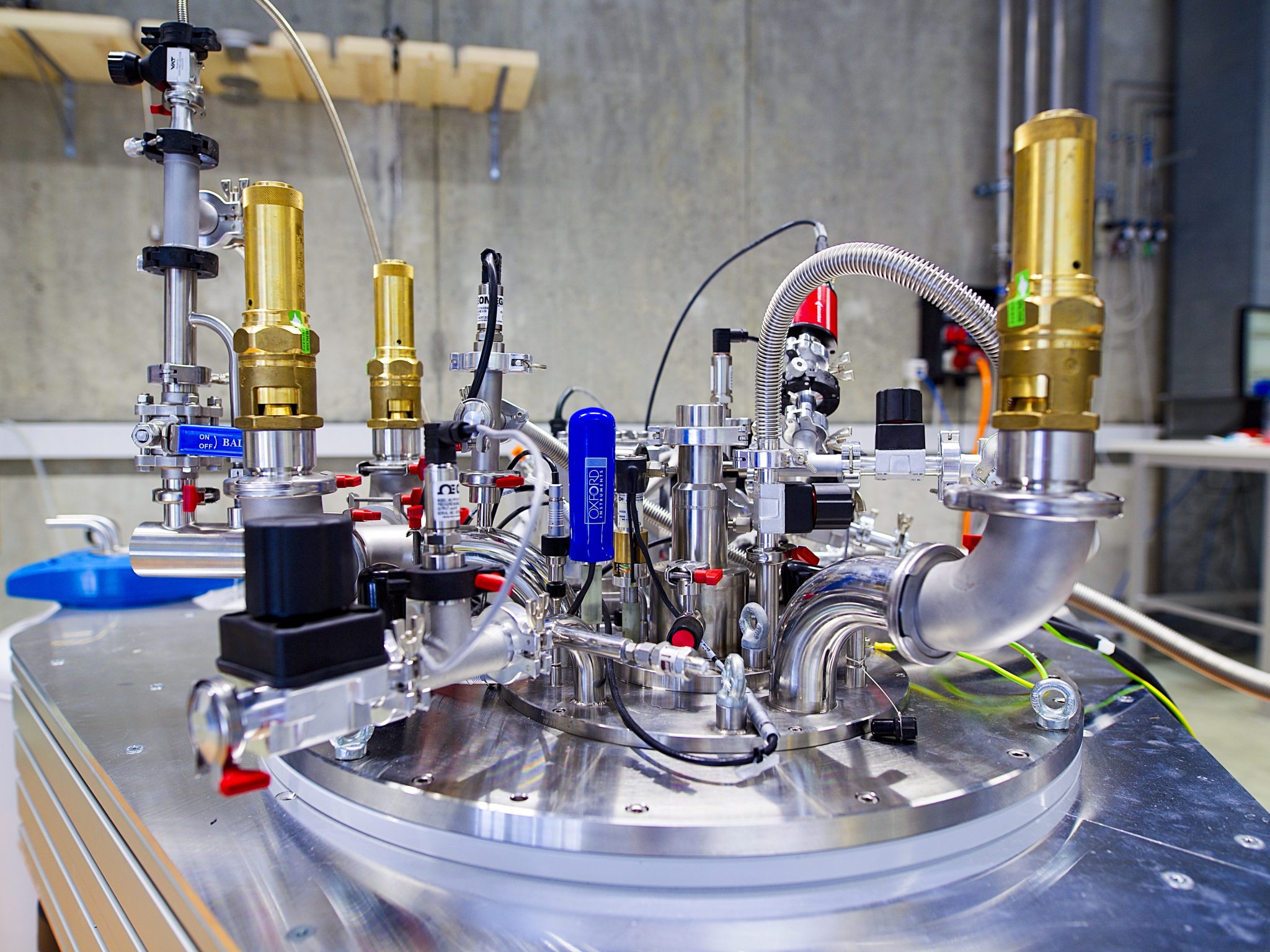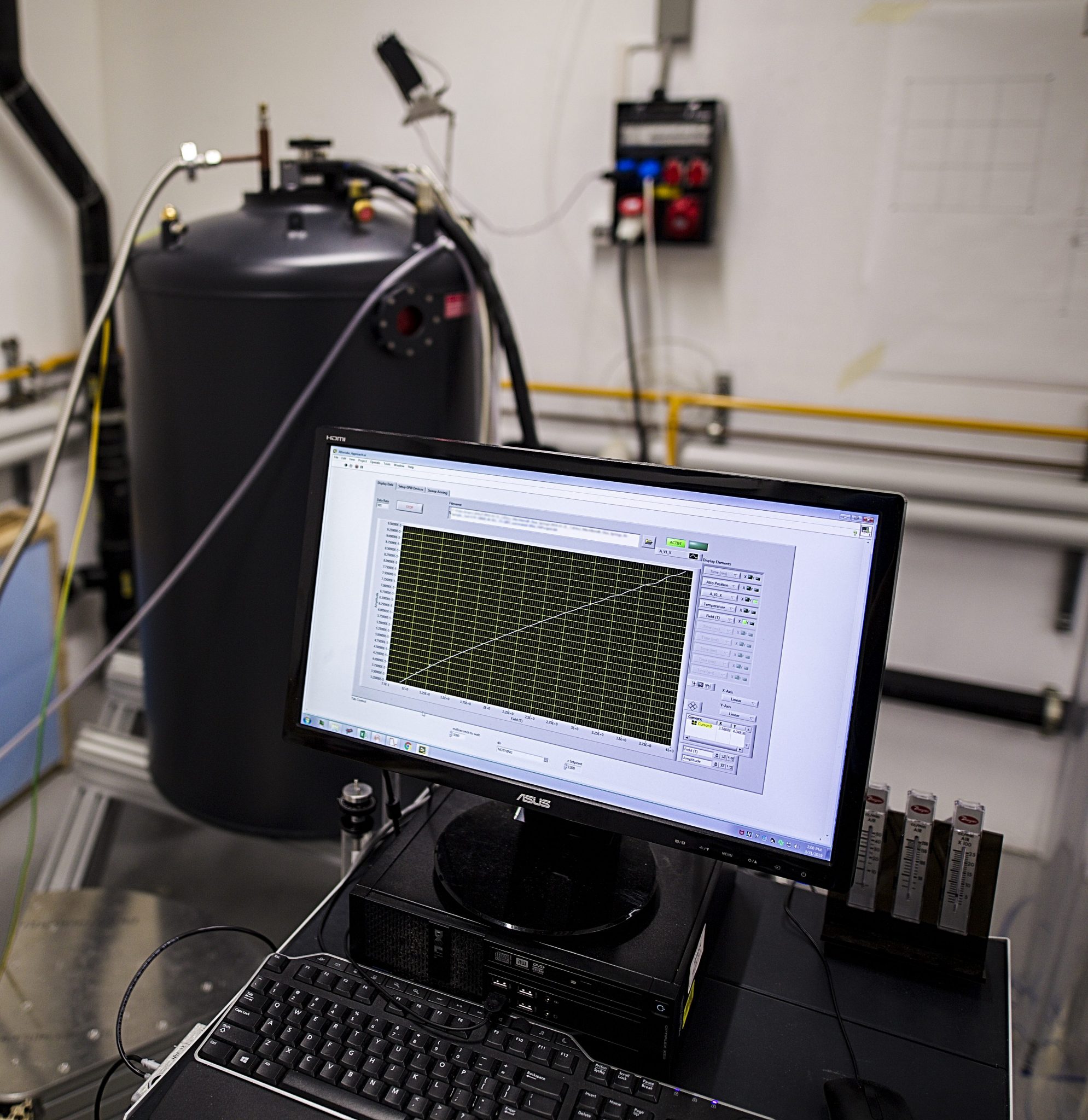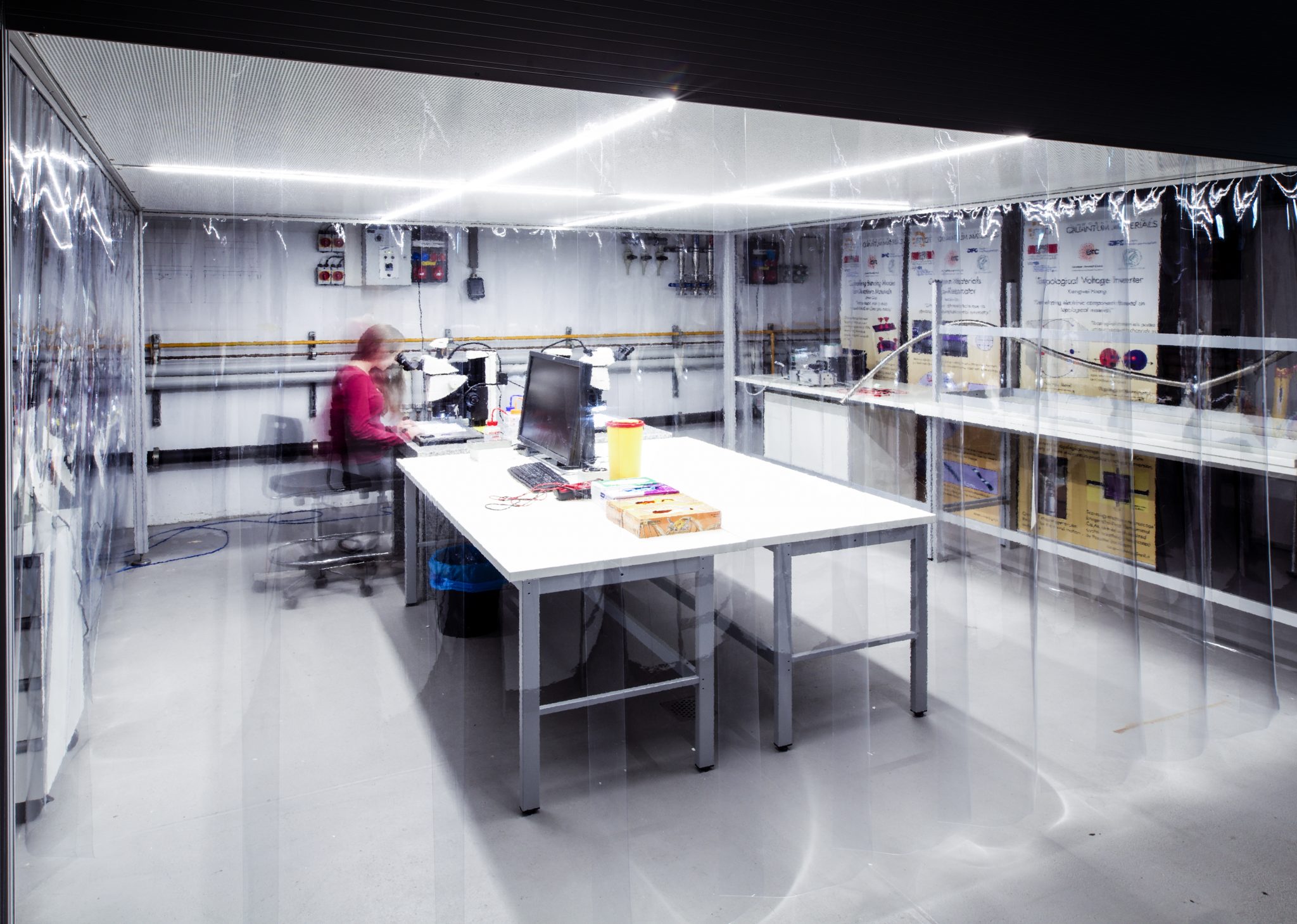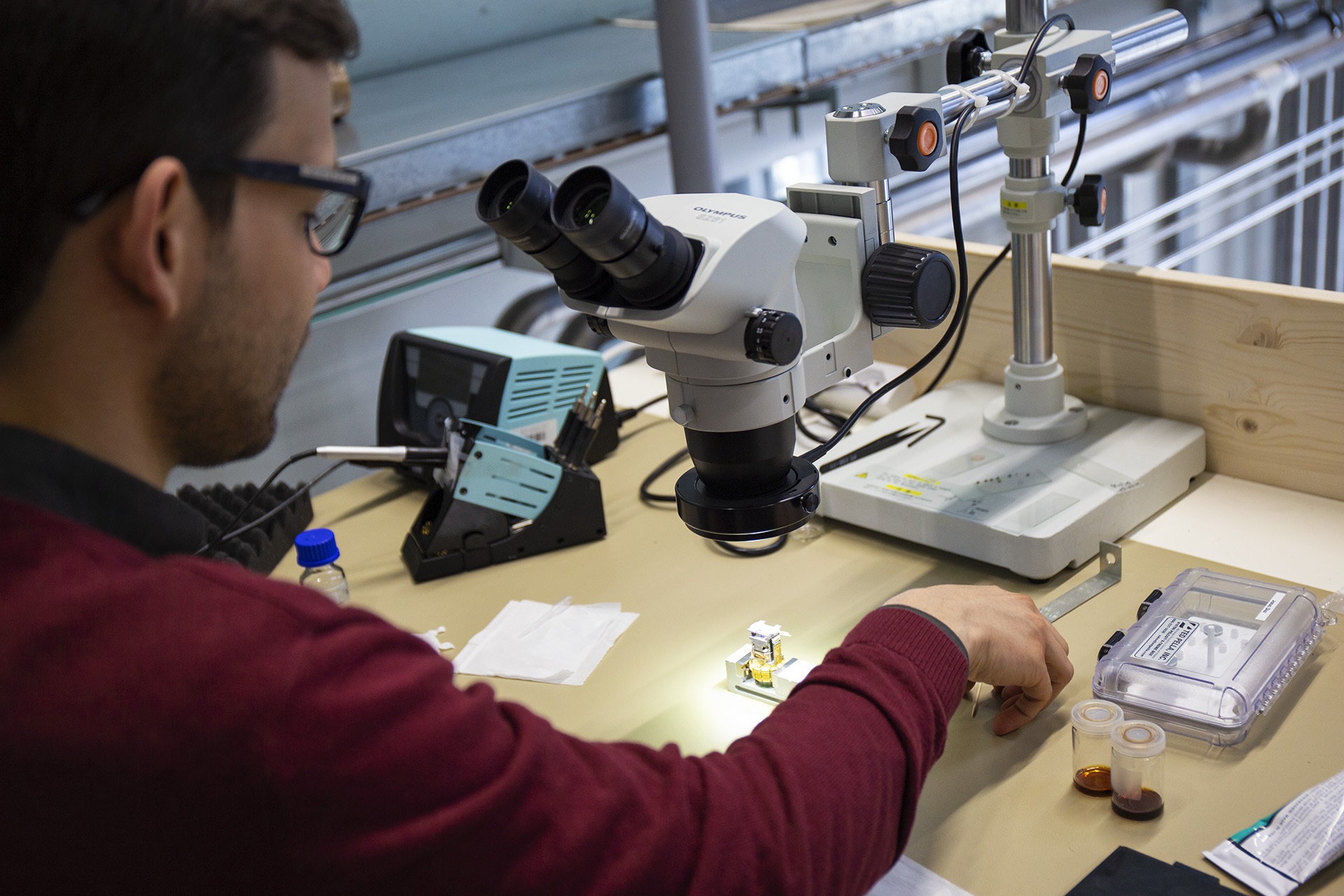

Low Temperatures and High Magnetic Fields
In materials research, we seek to find novel materials and properties that can be applied to the technology of the future. Whether it’s the computer in the office or the cell phone in your pocket, those materials are operated at room temperature, but the understanding of their fundamental nature has been performed at extreme conditions such as low temperatures. In our laboratory, we host a number of systems that allow us to access temperatures below 0.3K and magnetic fields up to 20T. The capability to tune temperature close to absolute zero has led to a long list of discoveries, ranging from superconductivity, superfluidity, heavy fermion superconductors and quantum critically to name a few. The use of high magnetic fields allows one to tune the ground state of quantum materials in a reversible and non-invasive way. At the same time, magnetic fields introduce a new length scale, the magnetic length, which makes the system similar to a magnifying glass for the electronic structure of the system. Combining low temperatures and high magnetic fields led to discoveries such as magnetic quantum oscillations and the Quantum-Hall effect. Combining these capabilities with Focused Ion Beam microstructures, we search for the origin of exotic new phenomena in unconventional superconductors, metals in the ballistic and hydrodynamic regime as well as topological materials.
Mont Cervin
This strongest magnet system in our laboratory is from Oxford Instruments. Equipped with a variable temperature insert, a Helium 3 system, and superconducting magnet, this system allows measurements from 300K down to 0.28K in fields up to 20T. By using Attocube piezo-rotators, we are able to align the sample in magnetic field to a high degree of precision.
Jungfraujoch
The Quantum Design PPMS is the ideal platform for fast sample screening. It combines a temperature range between 1.8 and 400K with a 14T magnet and the capability to rotate the sample in magnetic field.
User Facilities
In some high temperature superconductors, fields up to a 100T are necessary to suppress superconductivity and study the electronic system. For this, our group makes use of static and pulsed magnetic field laboratories like the NHMFL in the USA or the EMFL network in Europe.



Micro-Structuring and Clean Room
Plasma and Gallium Focused Ion Beam (FIB) systems at CiMe are the backbone of our research. Starting from single crystals we cut micro and nanostructures from quantum materials for the investigation of the electronic system. The systems are dual beam machines which combine an ion source with a scanning electron microscope. Both can be used to image the sample, providing us with a three-dimensional perspective of the sample. The systems can further be used to perform compositional analysis using energy-dispersive X-ray spectroscopy (EDX). Gas injection allows us to deposit materials via ion assisted chemical vapor deposition. Currently metallic layers of Platinum, insulating layers of Carbon and superconducting layers of Tungsten are available. As our samples are on the micro- and nano-scale, we use standard cleanroom microfabrication processes to contact and interface them. Together with CMi, we develop new interfaces between semiconductors and quantum materials for novel experimental techniques as well as for future electronic application.
Sample Microfabrication
Many of our sample fabrication processes involve ex-situ manipulation of delicate crystal structures on the micron scale. Dedicated work environments set up within our laboratory allows for the best conditions for each task. A dedicated low vibration and low dust area in our laboratory houses high-power microscopes and high-precision micromanipulators for sub-micron motion. Soldering stations with high working distance microscopes are located close to the experiments.